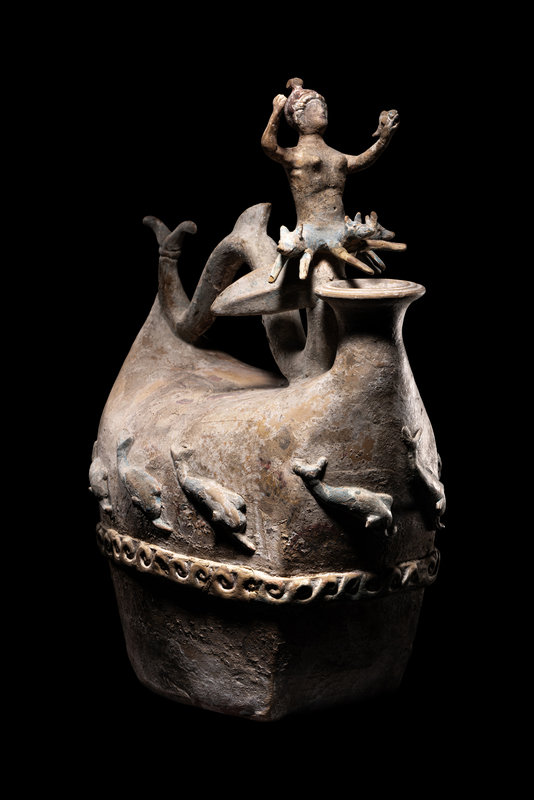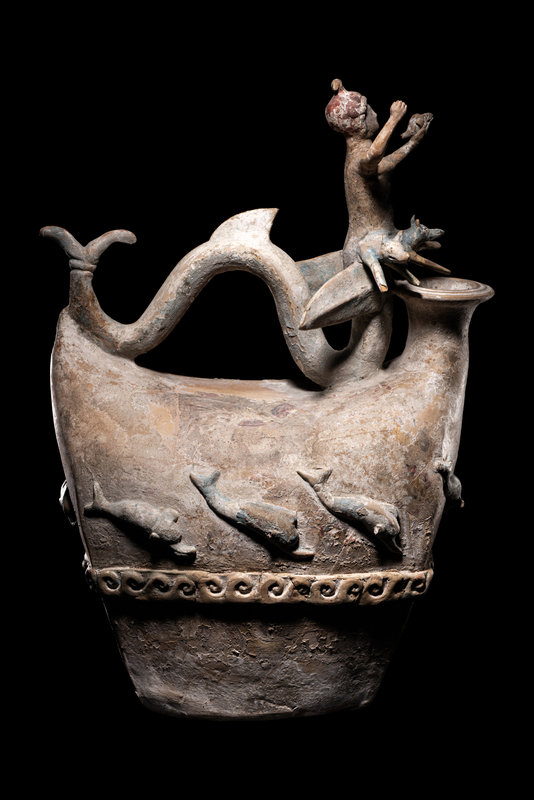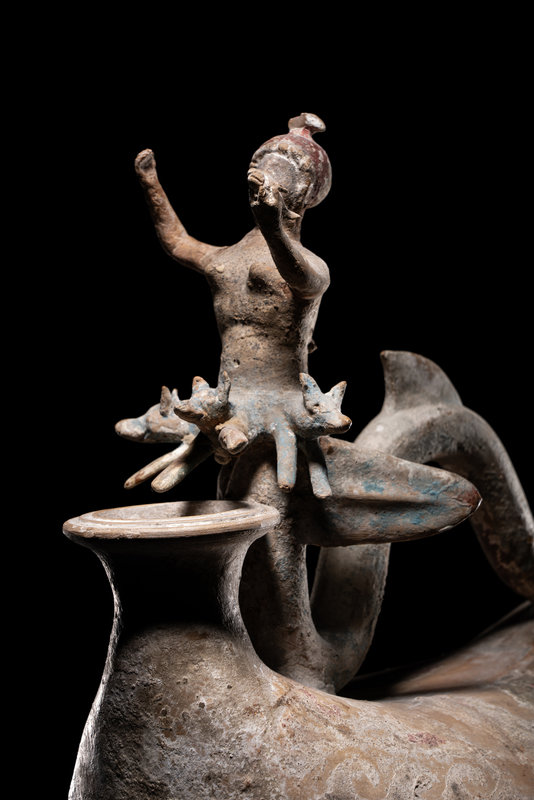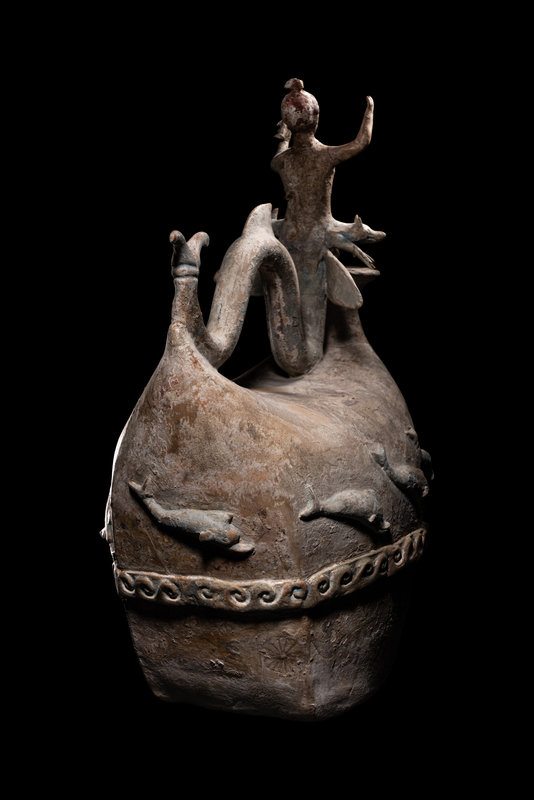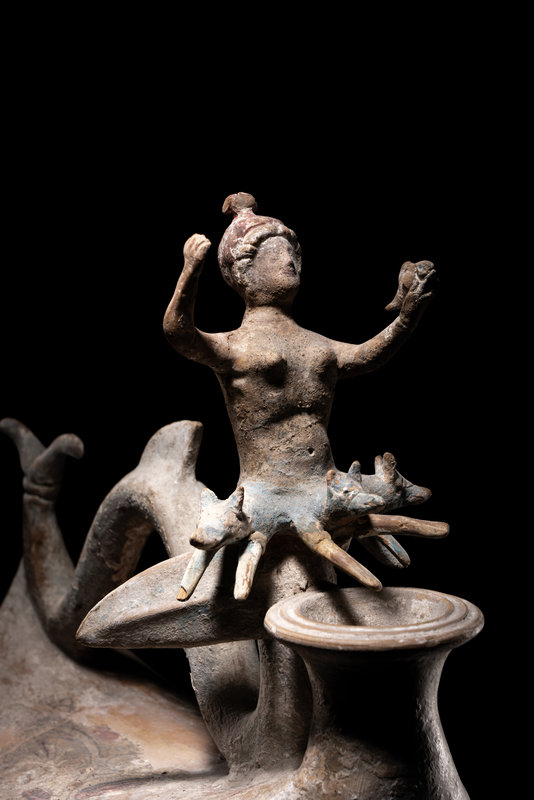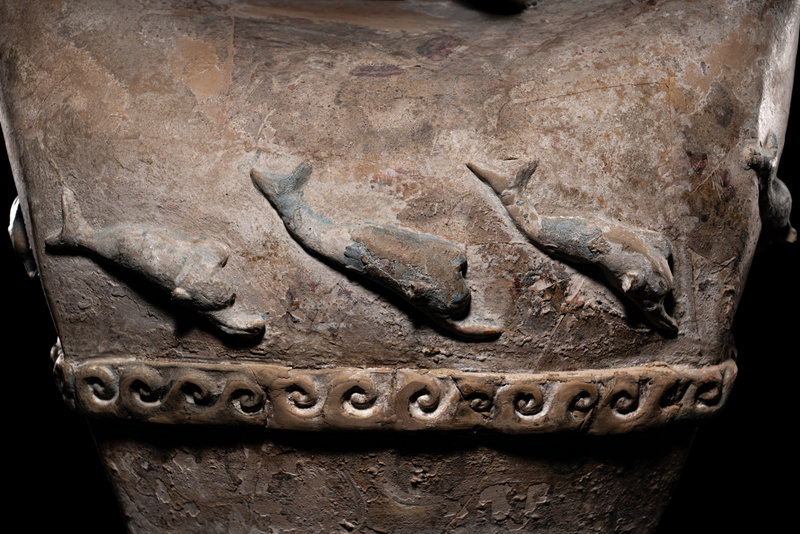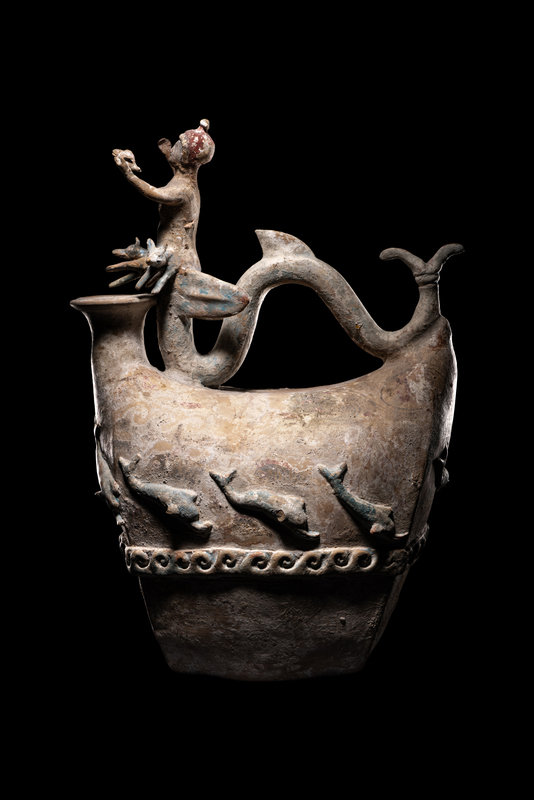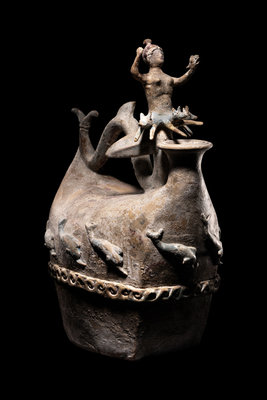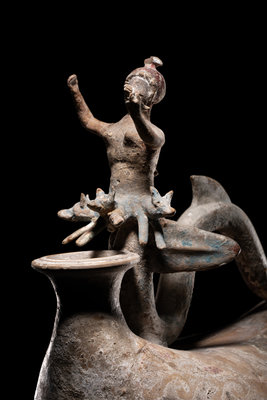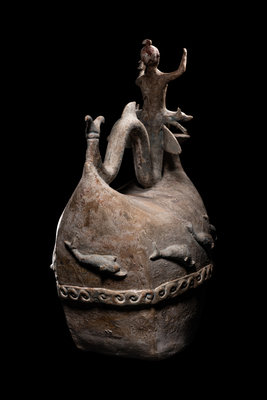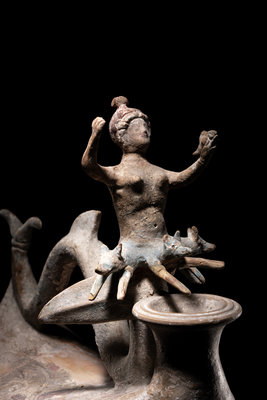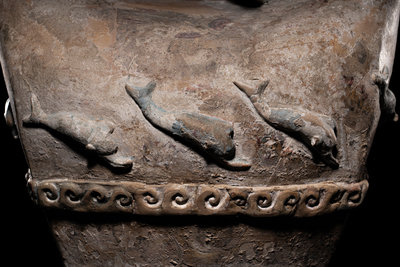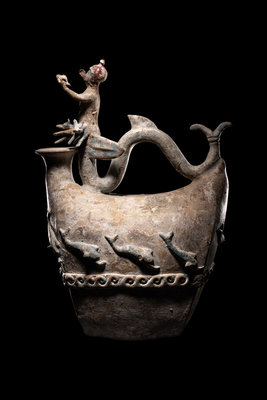Condition Report
Contact Information
Auction Specialist
Lot 151
A Canosan Polychrome Askos
Sale 1035 - Antiquities and Ancient Art: A Study
May 26, 2022
10:00AM CT
Live / Chicago
Own a similar item?
Estimate
$15,000 -
20,000
Price Realized
$16,250
Sold prices are inclusive of Buyer’s Premium
Lot Description
A Canosan Polychrome Askos
Apulia, Circa Early 3rd Century B.C.
Length 10 1/2 inches (26.67 cm).
Property from a Florida Private Collection
